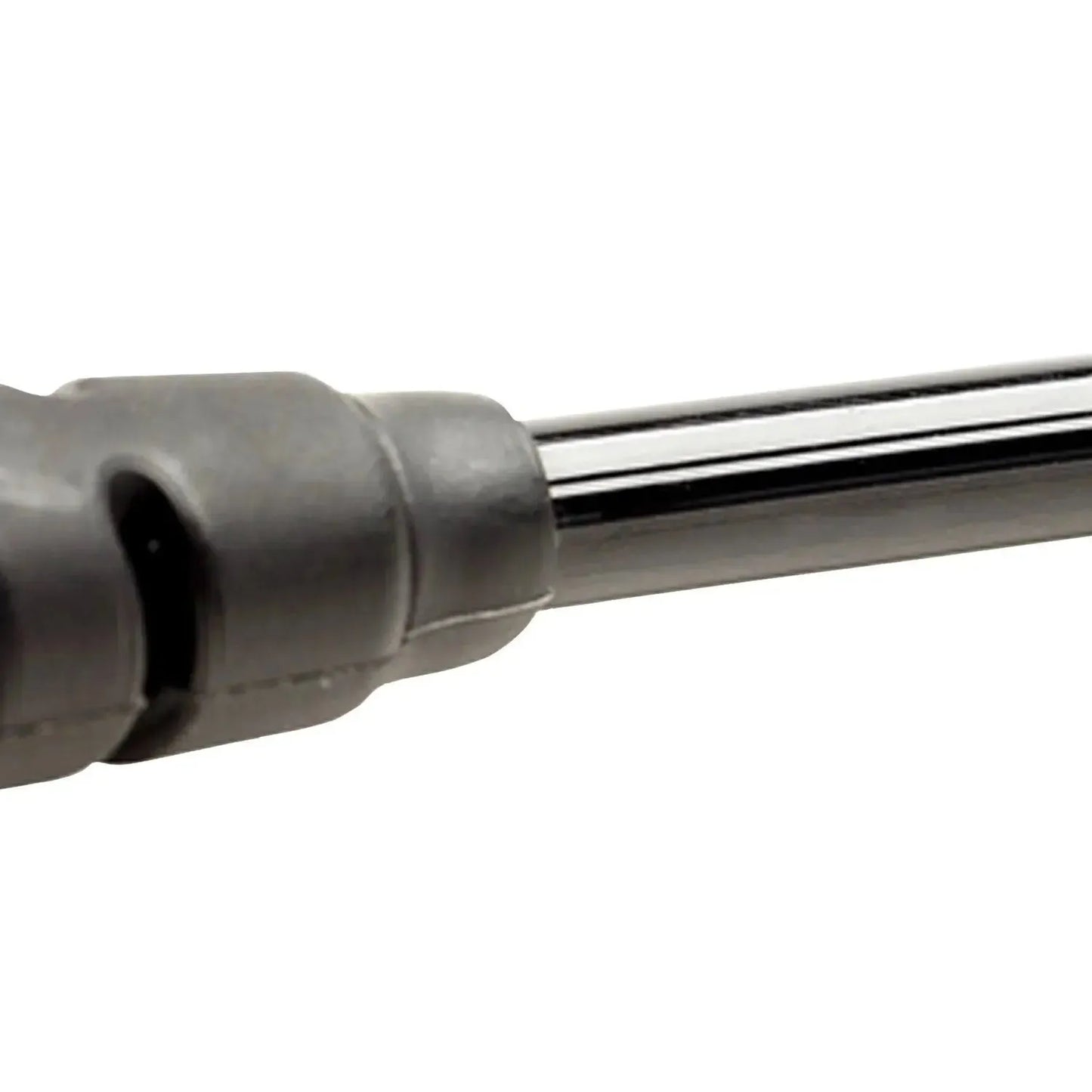Channel Islands 6.0 CI Round Everyday Surf Leash Blood Red
Channel Islands 6.0 CI Round Everyday Surf Leash Blood Red
Low stock
Couldn't load pickup availability
Channel Islands 6.0 CI Round Everyday Surf Leash
CI have redesigned their surf leash from ankle cuff to rail saver. Using new and improved material in conjunction with proven and trusted features, CI are excited to offer the most complete leash line they have ever offered to allow surfers maximum security and supreme comfort.
View our full range of Channel Islands gear here
- New Patent Pending Flex Ring – buffers and reinforces a common breakpoint in most leashes. The Flex Ring offers another layer of security to ensure your CI leash hold up when you need it.
- New proprietary cord/ leash end urethane formula that provides the perfect balance of strength and memory.
- New ultrastrong, hydrophobic materials used on the ankle cuff and railsaver for lightweight durability.
- New textured no-slip low profile ankle cuff to offer maximum comfort with minimal movement.
- New customized hook & loop materials to ensure the leash stays on the surfer’s ankle and doesn’t blow off.
- Marine grade 316 stainless steel swivels.
- Round Cord
- 6′ x 1/4″ (1.83m x 6.5mm)
Who Are Channel Islands
Channel Islands Surfboards, founded in 1969, is a renowned surfboard brand based in Santa Barbara, California. Its co-founder, Al Merrick, began shaping boards with a focus on high performance and innovation.
Initially, Merrick made boards for local surfers before gaining wider recognition. His boards became popular with professional surfers. The company grew, becoming synonymous with elite competition-level boards, partnering with top athletes like Kelly Slater.
Throughout the 1980s and 1990s, Channel Islands became a leader in board design, producing models for various wave conditions. The brand has continued evolving, blending traditional craftsmanship with cutting-edge technology and materials.
Today, Channel Islands remains a staple in the surfing world, crafting boards known for performance, durability, and style. Their designs cater to surfers of all levels, from beginners to professionals, shaping the future of surfboard innovation.
The Origins of the Surf Leash
The Surf leash has evolved significantly over the years, changing the sport of surfing in many ways. In the early days of surfing, surfers would rely solely on their skill and ability to stay on their boards. Losing a board could result in a long swim to retrieve it, especially in large waves.
The idea for a surf leash came from a desire to make surfing more convenient and safe. In 1971, a man named Pat O'Neill, son of the famous wetsuit creator Jack O'Neill, invented the first functional surf leash. The concept was inspired by surfboard designs that were tethered to the rider by ropes or cords, allowing them to stay attached even in turbulent conditions.
Originally, surfing leashes were made from leather straps. These were not durable and often failed under pressure. In the mid-1970s, surfers started using polyurethane materials for leashes. This new material was much stronger and could withstand the stresses of intense waves.
In the 1980s, the leash evolved further. It was now made with a coiled design that minimized drag and helped surfers move more easily. These leashes were attached to the ankle with a Velcro strap, making them more comfortable to wear.
Over time, manufacturers began offering leashes of varying lengths, materials, and thicknesses to suit different types of waves. Longer leashes were preferred for larger waves, while shorter ones were used for small, fast waves. Surfers also began experimenting with leash placement, shifting from ankle attachment to wrist or knee positions.
By the 1990s, leashes had become a standard piece of equipment. Almost every surfer used one, as they prevented long, tiring swims and kept boards from hitting other surfers.
Today, surfing leashes are highly specialized. Some are designed for big-wave surfing, while others are intended for competitive and recreational surfers. Materials like high-strength urethane and stainless steel are commonly used for durability and reliability.
The evolution of the surfing leash has made it a vital piece of equipment. It not only ensures the safety of surfers but also allows for a smoother, more enjoyable experience on the waves. As surf technology continues to improve, leashes will likely continue to develop in response to new challenges.
Share












